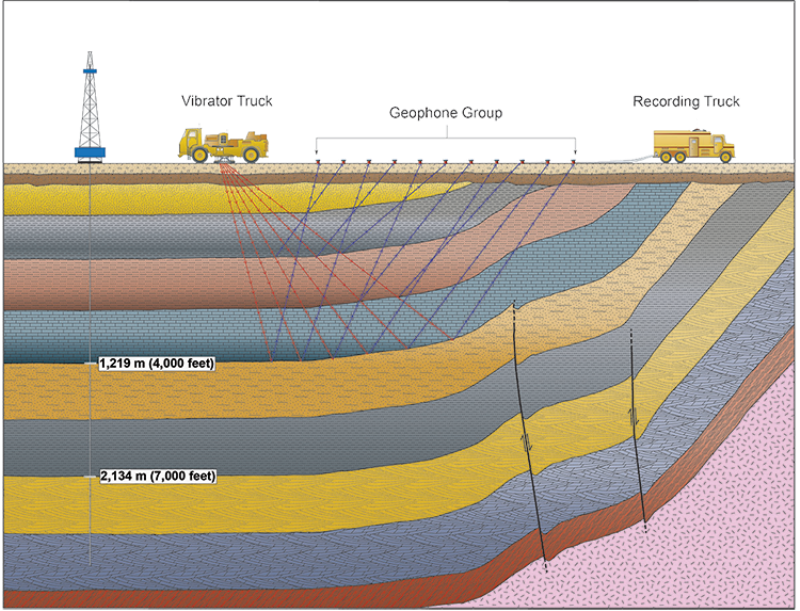All Categories
Featured
Table of Contents
Geophysical Survey Permit Program in Highgate WA 2023
Time slice from 23 to 25ns. This last slice is now practically all blank, but a few of the walls are still revealing highly.
How deep are these slices? The software application I have access to makes estimating the depth a little difficult. If, however, the top 3 pieces represent the ploughsoil, which is most likely about 30cm think, I would think that each slice is about 10cm and we are only coming down about 80cm in overall.

Luckily for us, the majority of the websites we have an interest in lie simply below the plough zone, so it'll do! How does this compare to the other techniques? Contrast of the Earth Resistance information (leading left), the magnetometry (bottom left), the 1517ns time slice (leading right) and the 1921ns time piece (bottom left).
Geophysical Methods in Redcliffe Oz 2023
Magnetometry, as talked about above, is a passive method measuring local variations in magnetism versus a localised zero value. Magnetic susceptibility study is an active method: it is a procedure of how magnetic a sample of sediment could be in the existence of a magnetic field. Just how much soil is tested depends upon the diameter of the test coil: it can be extremely little or it can be reasonably big.
The sensor in this case is extremely small and samples a tiny sample of soil. The Bartington magnetic vulnerability meter with a big "field coil" in use at Verulamium throughout the course in 2013. Leading soil will be magnetically enhanced compared to subsoils just due to natural oxidation and reduction.
By determining magnetic vulnerability at a relatively coarse scale, we can spot areas of human occupation and middens. Regrettably, we do not have access to a trusted mag sus meter, but Jarrod Burks (who helped teach at the course in 2013) has some exceptional examples. Among which is the Wildcat website in Ohio.
Geophysical Surveys For Petroleum in Ferndale WA 2021
These towns are often laid out around a main open area or plaza, such as this rebuilt example at Sunwatch, Dayton, Ohio. The magnetic susceptibility survey assisted, however, define the main area of occupation and midden which surrounded the more open area.
Jarrod Burks' magnetic susceptibility study arises from the Wildcat site, Ohio. Red is high, blue is low. The strategy is for that reason of terrific usage in specifying areas of general occupation instead of recognizing particular features.
Geophysical surveying is a used branch of geophysics, which utilizes seismic, gravitational, magnetic, electrical and electromagnetic physical approaches at the Earth's surface to determine the physical properties of the subsurface - Marine Geophysical Surveys in Clarkson WA 2020. Geophysical surveying methods generally determine these geophysical homes along with anomalies in order to evaluate numerous subsurface conditions such as the existence of groundwater, bedrock, minerals, oil and gas, geothermal resources, voids and cavities, and much more.
Latest Posts
Geophysicist Job Description in Guildford Aus 2023
Marine Geophysical Surveying - in Maddington Aus 2023
Geophysical Survey - Suffolk Heritage Explorer in Millendon WA 2023